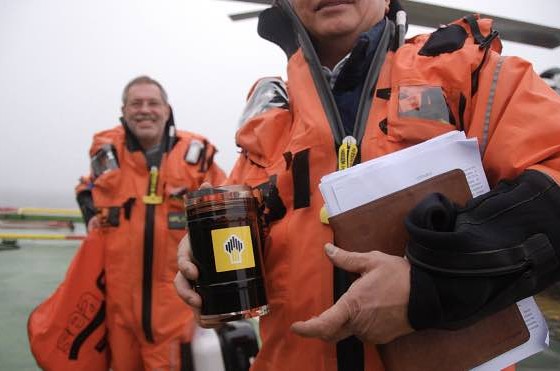STAVANGER, Norway — The Arctic ice floes are a world away from Syria’s fiery deserts or the plains of eastern Ukraine. Yet the High North risks becoming another theater of tension between Russia and the West as global warming frees up resource riches.
“The unlocking of the region’s enormous economic potential could … have significant geopolitical implications,” warns a report presented to lawmakers and senior Western security officials last week. It highlighted dangers of “competition and perhaps even confrontation” in the region.
